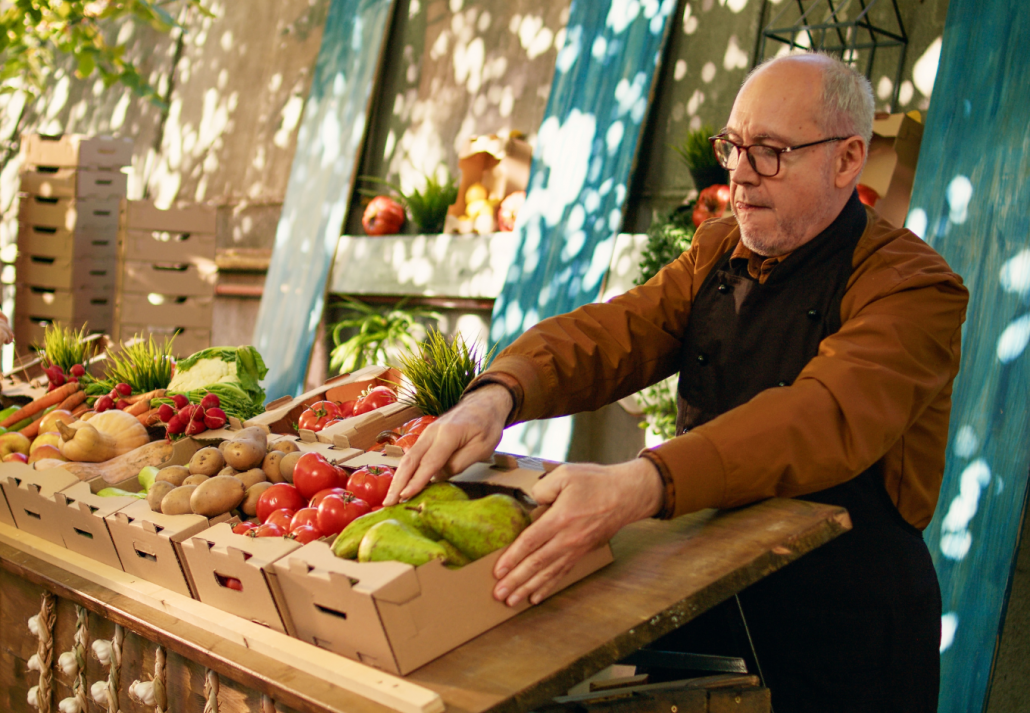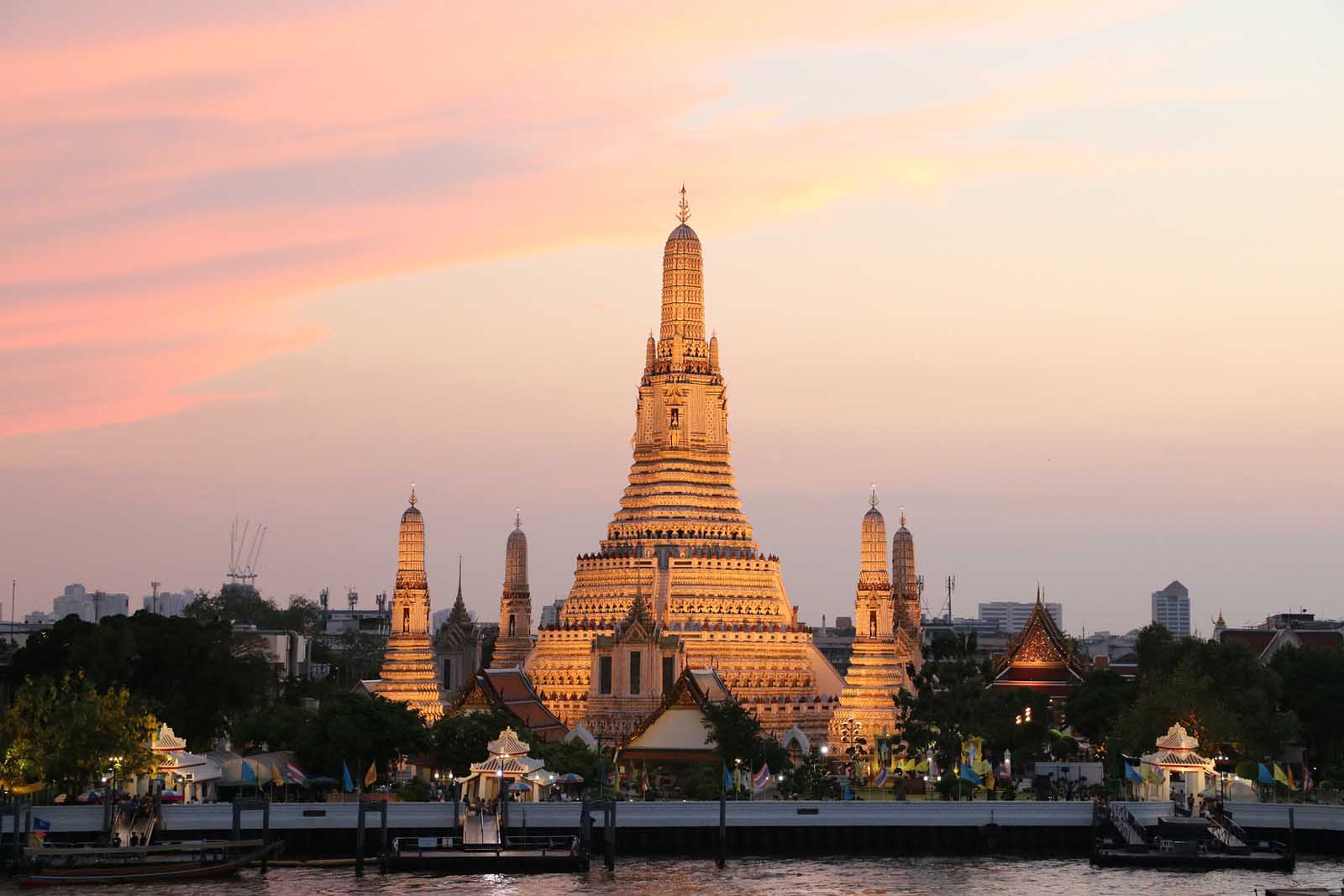How To Travel Like A Local And Embrace The Culture
Traveling is super fun, but standing out as a tourist? Not so much! Here’s how to explore new places like a pro, without the “I’m definitely not from here” vibe. Get ready to blend in, avoid the typical tourist...

Traveling is super fun, but standing out as a tourist? Not so much! Here’s how to explore new places like a pro, without the “I’m definitely not from here” vibe. Get ready to blend in, avoid the typical tourist traps, and truly soak in the local culture!
1. Dress Like You Belong
The quickest way to look like a tourist is to dress like one. Want to avoid that? Here’s how to nail the local style while still staying comfy:
Go for muted colours: Stick to neutral tones like grey, black, and beige. Bright colours can make you stand out. Dressing in muted tones is a great way to blend into the local crowd. Choose the right shoes: White sneakers and athletic shoes are comfy but can be a dead giveaway, especially in Europe. Instead, opt for leather shoes—they’re stylish, durable, and keep you from looking too much like a tourist. Save the flip flops for the beach and yoga pants for workouts, not city strolls. Carry a shoulder bag: Ditch the oversized, bulky backpack and go for a sleek shoulder bag. It’s practical and blends in better with the locals’ everyday style. Dress comfortably but appropriately: Pay attention to dress codes. If you’re visiting religious sites or traditional areas, cover your shoulders and do not wear shorts. In cities like Rome or Tokyo, you’ll fit in better with a more polished look.
2. Embrace the Local Style of Dining
Skip the obvious touristy restaurants with English menus and look for spots where locals dine:
Visit local coffee shops: They’re a great way to get a feel for the local vibe. Sit down with a cup of coffee, relax, and watch everyday life unfold around you. Avoid places with “tourist menus”: These spots are often overpriced and cater to visitors rather than offering authentic flavours. Instead, ask locals where they like to eat or check out lesser-known restaurants for a more genuine experience. Chat with the staff: Ask your waiter about their favourite dish or the best places to visit in town. It’s a great way to discover hidden gems and blend into the local community.3. Learn the Basics of the Local Language
Locals appreciate it when you make an effort to speak their language. It’s a small gesture, but it can go a long way in helping you blend in:
Learn a few key phrases: Even just a simple “hello,” “please,” and “thank you” can make a difference. It shows respect for the local culture and makes interactions friendlier. Ask for directions in the local language: Whether you’re finding your way to a train station or looking for a local coffee shop, trying to speak the local language makes you seem less like a stereotypical tourist. Use language apps: Apps like Google Translate can help you learn phrases quickly. It’s especially helpful when you’re in a restaurant or shopping at local businesses.4. Explore Beyond the Tourist Traps
You don’t have to stick to city guides to enjoy a new place. Exploring off the beaten path is a great way to see how locals live:
Wander through local neighbourhoods: Instead of spending all your time at famous attractions, take a stroll through a residential area or a local park. You’ll get a better sense of everyday life in the city. Check out local markets: Markets are where you’ll find locals shopping for fresh produce, handmade crafts, and other unique finds. Plus, they’re perfect for picking up souvenirs that are way cooler than the typical tourist stuff. Visit lesser-known museums or cultural spots: These places might not be in the guidebooks, but they can offer a more intimate glimpse into the local culture.
5. Adjust Your Behaviour to the Local Vibe
How you carry yourself can be a huge indicator of whether you’re a tourist or not:
Be mindful of body language: In some countries, maintaining eye contact is seen as friendly, while in others, it might be considered rude. Take a moment to observe how locals interact and follow their local customs. Keep the volume down: Tourists often stand out by speaking too loudly in public spaces. Try to keep your voice at a normal volume, especially in quieter settings like museums or local cafés. Act like you know where you’re going: Even if you’re not 100% sure, walk with confidence! Aimlessly wandering while staring at your phone can make you look like a tourist. Have a general sense of direction before you head out.6. Don’t Be Afraid to Look Like a Respectful Visitor
You might not completely blend in, and that’s okay! You’re a visitor, and there’s nothing wrong with that. The goal is to be a respectful visitor who takes time to understand the culture:
Ask questions, be curious: Locals love sharing their favourite spots and traditions with travellers who show genuine interest. It’s a great way to make connections and learn more about the place you’re visiting. Embrace being out of your comfort zone: It’s part of the adventure! Try new foods, explore different customs, and be open to the surprises that travel brings.
7. Your Packing List for Blending In
Let’s keep it simple. Here’s what you’ll need to look like a savvy traveler:
Neutral-coloured clothing and a simple t shirt (think muted tones, no flashy logos) Leather shoes or subtle sneakers (save the bright white sneakers for back home) A small shoulder bag or crossbody (leave the huge backpack at home) Basic phrase in the local language A light jacket or scarf for layeringFAQs
How do I find the best local spots when traveling?
Ask locals for recommendations, check out reviews on travel apps like Yelp or Google Maps, and visit local markets and community events for a more authentic experience.
What’s the best way to avoid tourist scams?
Be aware of your surroundings, avoid overly friendly strangers offering unsolicited help, and always research common scams in the area before you travel.
How can I respect cultural norms while traveling?
Do some research on local customs and etiquette before you go, dress modestly in religious or traditional areas, and observe how locals behave in public spaces.
Is it okay to use Google Maps when exploring a new city?
Absolutely! Just try to download the maps offline and have a rough idea of where you’re heading. This helps avoid looking lost while still using the app discreetly.

 UsenB
UsenB 






























